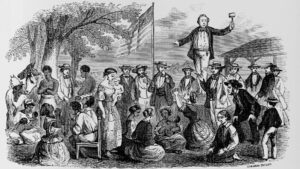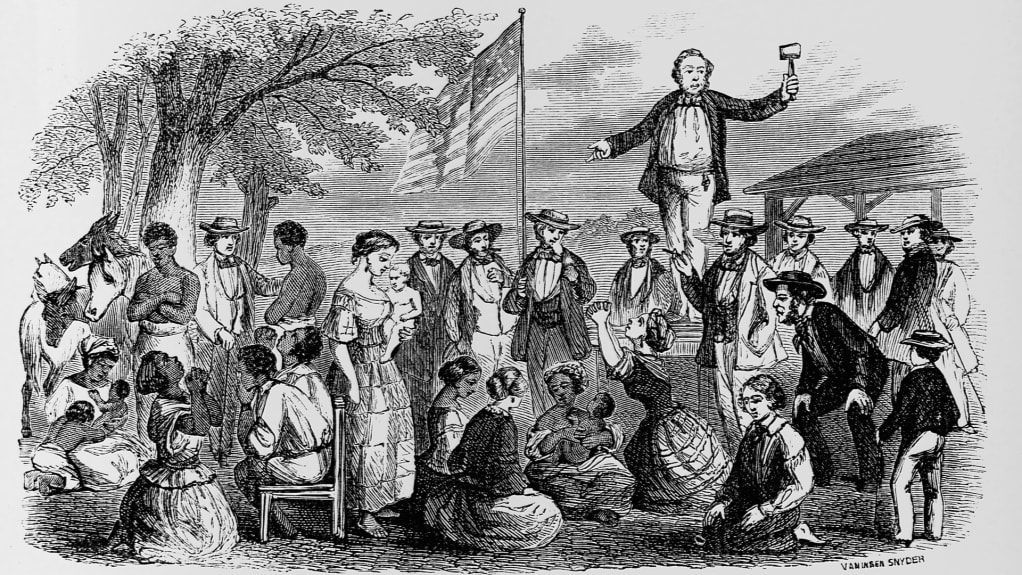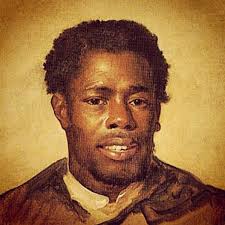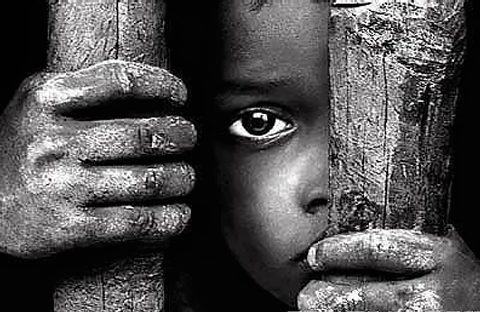
While it’s widespread knowledge that George Washington kept slaves, what’s not as popular is how his wife grew the slave population in his home by leaps and bounds.
When George Washington married Martha in 1759, he owned around 18 enslaved people. However, Martha, his wife and one of the Wealthiest Women in Virginia owned 84 enslaved people.
A history professor at the University of California-Berkeley, Stephanie E. Jones-Rogers, in getting data for the amount of women slave owners in the U.S from the 1850 and 1860 census data and has discovered that 40 per cent of slave owners were white women. She said it was more common for enslavers to give enslaved people to their daughters as an inheritance instead of landed properties.
White women showed significant and active participation in the slave market, taking part in the buying, selling and staking claims on enslaved people. Their marriage prospects significantly increased in proportion to the number of enslaved people they owned isn’t to be ignored. Following their marriage, they went to court to fight for the ownership of their slaves, so their husbands didn’t take them over.
The white female enslavers also fought to maintain the free labour, wealth and status that holding enslaved people inferred on them. The white enslavers also aided in the sexual exploitation of their slaves because they wanted them pregnant at the same time as they were so they could nurse their children. This birthed a booming market for enslaved women to serve as nursemaids.
The book “They Were Her Property: White Women as Enslavers in the American South” also shows the female identity enslavers had inferred on them, usually from a young age when they were taught to handle enslaved people. Stephanie E. Jones-Rogers wrote.
“What this means is that their very identities as white southern women are tied to the actual or the possible ownership of other people” in her book that came out in February 2019.
This certainly sheds light on the part of history that has been significantly ignored and erased.



